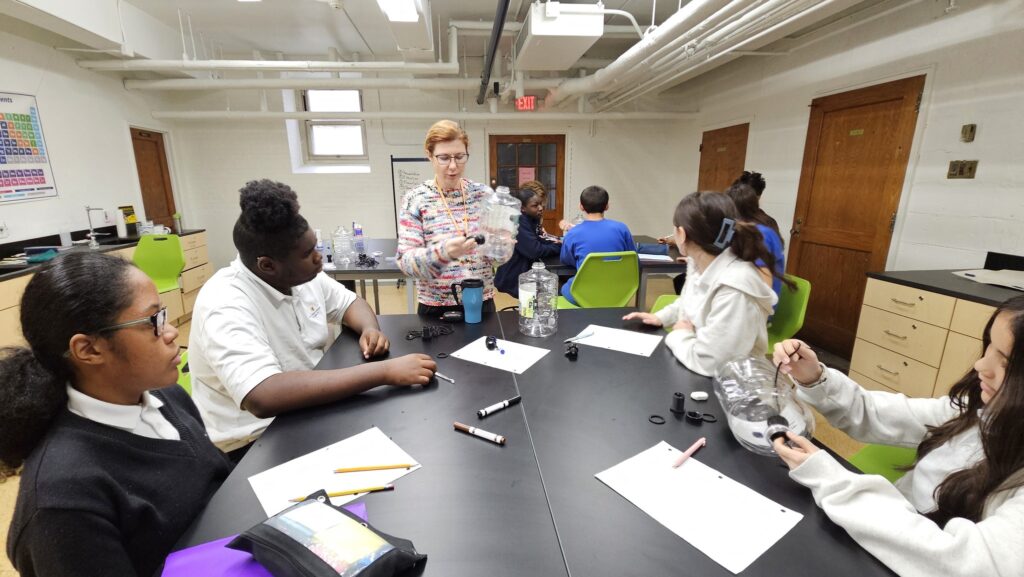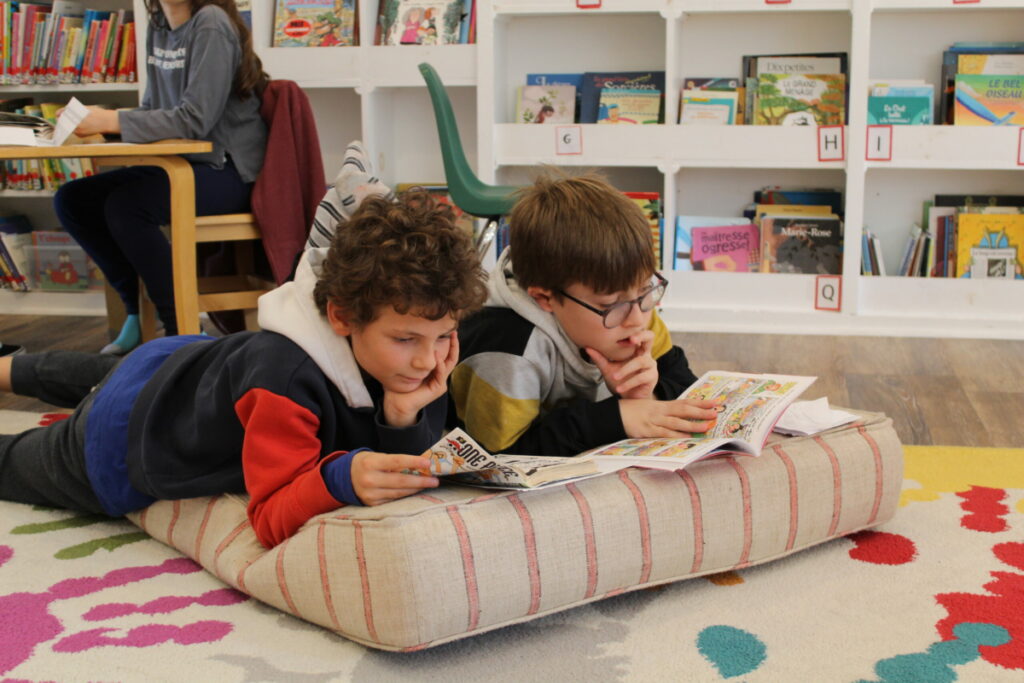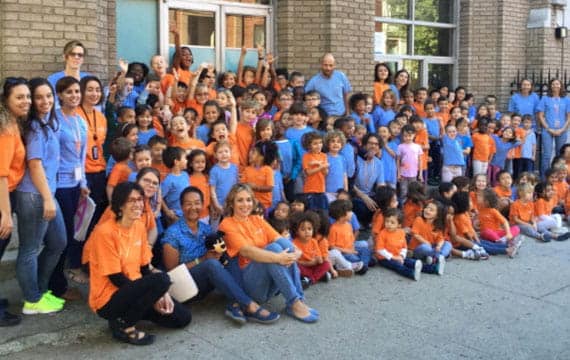Author: Lola Gueguen
Estimated reading time: 3 minutes
At the French American Academy, we believe students learn best when subjects connect to each other and to real life. That’s why our high school Math and Science curriculum is taught in an integrated, project-based way that helps students build strong understanding, not just memorize formulas or facts. In contrast to the traditional curriculum followed by many public schools, this approach teaches math through a continuous, integrated progression and presents science in an inquiry-driven, interdisciplinary format. Subjects are woven together throughout the year rather than taught in a segregated, year-by-year fashion. This sequence strengthens thinking, fuels curiosity, and creates a smooth path into the International Baccalaureate (IB) Diploma Programme in Grades 11 and 12.
What Makes the FAA Approach Different?
Traditional high schools usually teach math and science in separate yearlong blocks – Geometry one year, Algebra the next or Chemistry one year, Physics the next, and so on. Students often struggle to see how the pieces connect and fit together.

At the FAA, we take a different approach, recognizing that in real life, challenges and disciplines are not compartmentalized:
- Math is integrated: Geometry, Algebra, Trigonometry, and Modeling are taught together so students continuously build on previous learning.
- Science is interdisciplinary: Physics, Chemistry, Biology, and Environmental Science are woven together naturally through real-world applications.
- Real-life problem solving is at the center of the curriculum, not an occasional project.
- Skills develop continuously because each subject is taught in a continuous and connected way, allowing students to retain more information and engage in deeper thinking over time.
What Does This Look Like in the Classroom?
Our students take on projects that mirror how professionals work in the real world. For example:
- Solar Energy Optimization Project: Students use geometry, algebra, and scientific modeling to design the best solar panel setup for the school building. They measure roof angles, model the sun’s path, work within real constraints, and calculate the most efficient design.
- Roller Coaster Engineering Project: Students act as real-life engineers, using physics to calculate forces, geometry to design curves, and algebra to build accurate models of a roller coaster. They see how math and science work together to create safe, exciting rides.
In science, every unit blends multiple disciplines. A single theme like water purification brings together chemistry (solutions), biology (microorganisms), and environmental science (water as a natural resource). Students learn that real scientific questions never belong to just one subject.
Learning That Mirrors the Real World
Professionals, engineers, doctors, architects, and scientists constantly connect math and science to solve real problems. Our integrated curriculum helps students do the same. By breaking down traditional subject barriers, students learn to:
- Think critically and creatively
- Apply knowledge across disciplines
- See patterns and connections
- Tackle meaningful, real-world challenges
This approach enhances problem-solving skills, deepens conceptual understanding, and helps students see the connection between classroom learning and real-world issues, giving their studies purpose and relevance. It reflects international best practices and aligns with the IB philosophy that learning is most powerful when subjects are interconnected.
Want a deeper look?
Download the full Integrated Math and Science PDF for a more detailed breakdown of our curriculum, and IB preparation.








